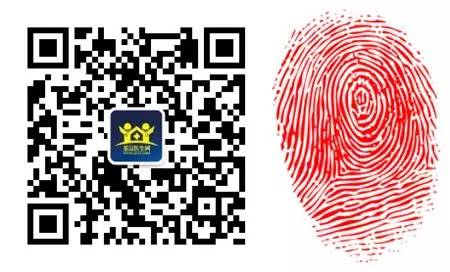Source: Hongxing eLife (WeChat ID: jcyscom)
In Traditional Chinese Medicine (TCM), colds are typically classified into Wind-Cold and Wind-Heat types. Wind-Cold colds are caused by the invasion of Wind-Cold pathogens, and should be treated with warming and dispersing herbs. If cooling herbs are mistakenly used, the Wind-Cold cannot be expelled through sweating, leading to a prolonged illness. Wind-Heat colds are caused by the invasion of Wind-Heat pathogens, and should be treated with cooling herbs. The use of warming herbs can exacerbate the Heat pathogen, potentially leading to more severe illnesses. Wind-Heat can occur in all seasons, and it is important not to assume that Wind-Cold occurs only in winter and Wind-Heat only in summer. Differentiating between Wind-Cold and Wind-Heat is crucial for appropriate treatment and avoiding misdiagnosis.
Differentiation between Wind-Cold and Wind-Heat:
Fever Symptoms
Wind-Cold Cold: Mild fever. Severe chills. No sweating.
Wind-Heat Cold: High fever. Mild chills. Sweating present.
Rhinorrhea Symptoms
Wind-Cold Cold: Clear nasal discharge. Coughing with thin white phlegm.
Wind-Heat Cold: Yellow nasal discharge. Coughing with thick or yellow phlegm.
Throat Symptoms
Wind-Cold Cold: No redness, swelling, or pain in the throat.
Wind-Heat Cold: Redness, swelling, and pain in the throat.
Thirst Symptoms
Wind-Cold Cold: No thirst or mild thirst. Prefers warm drinks. Tongue coating is thin and white.
Wind-Heat Cold: Thirsty and prefers cold drinks. Tongue tip and edges are red with a yellow coating.
Causes of Illness
Wind-Cold Cold: Invasion of Wind-Cold pathogens, leading to lung Qi deficiency.
Wind-Heat Cold: Invasion of Wind-Heat pathogens, leading to lung Qi stagnation.
Treatment
Wind-Cold Cold: Focus on dispersing Wind-Cold and using warming herbs to release the exterior [primarily inducing sweating and dispersing Cold].
Wind-Heat Cold: Focus on dispersing Wind-Heat and using cooling herbs to clear Heat and detoxify.
Dietary Adjustments
Wind-Cold Cold: After taking medicine, one can drink some porridge or hot soup to induce mild sweating and expel Wind-Cold.
Wind-Heat Cold: Drink plenty of water and maintain a light diet.
Dr. Chai Haoran has summarized three key experiences in differentiating Wind-Cold and Wind-Heat colds:
First, differentiate based on constitution: Individuals with a Yang deficiency constitution often present with Wind-Cold symptoms, even when exposed to Wind-Heat pathogens, they may manifest as Cold due to Yin transformation. Conversely, those with Yin deficiency and blood deficiency often present with Wind-Heat symptoms, even when exposed to Wind-Cold pathogens, they may manifest as Heat due to Yang transformation.
Second, analyze suspected symptoms: Wind-Heat symptoms often include throat pain, while Wind-Cold symptoms may present with throat pain due to lung Qi stagnation. The pain is characterized by being painful but not swollen, unlike the redness and swelling seen in Wind-Heat throat pain.
Third, observe tongue and pulse signs: Wind-Heat symptoms often show a thin yellow coating on the tongue, while Wind-Cold symptoms may also show a thin yellow coating due to excessive Yang stagnation. The characteristic is a thin yellow coating with no thirst, unlike Wind-Heat symptoms which present with thirst. Additionally, Wind-Heat symptoms often have a floating and rapid pulse, while Wind-Cold symptoms may also present with a floating and rapid pulse due to Cold stagnation. The characteristic is a floating, tight, and rapid pulse, which differs from the floating and rapid pulse of Wind-Heat symptoms.
Long press the image below to scan the QR code and follow “Hongxing eLife”.

(Hongxing eLife is the official WeChat account of the Grassroots Doctors Network and the Grassroots Doctors Club)

